Fulvic Acid and Humic Acid
Fulvic acid is a core ingredient in Shilajit, activating its powerful health benefits. Exploring fulvic acid reveals why Shilajit has been valued for centuries as a strong natural supplement.
What is Humus?
Humus is the dark, nutrient-packed organic matter in soil formed from the decomposition of dead plants and animals. It’s like the natural fertilizer of the earth, enriching the soil and holding moisture, which helps plants thrive. It's a superfood for your plants, keeping them healthy and hydrated.
When plants and animals break down, they release essential nutrients back into the soil. This process forms humus, which makes up about 1 to 5% of the dry weight of soil. Humus consists of three organic acids: humins, humic acids, and fulvic acids, all formed through microbial and geological processes.
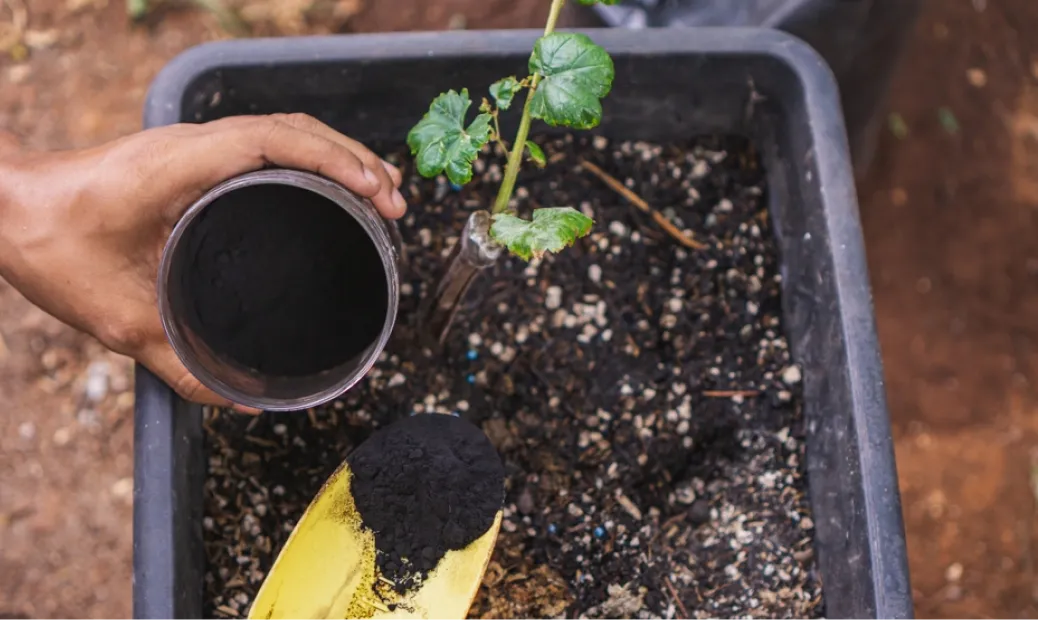
What is Fulvic Acid?
Fulvic acid is a naturally occurring compound found in soils, compost, marine sediments, and even sewage.
It forms through geochemical and biological reactions, like the breakdown of food in a compost heap, creating a nutrient-rich substance over time.
This nutrient-rich compound can be extracted from sources like compost and soil and then processed into a supplement. Some believe that fulvic acid supports immune and brain function.
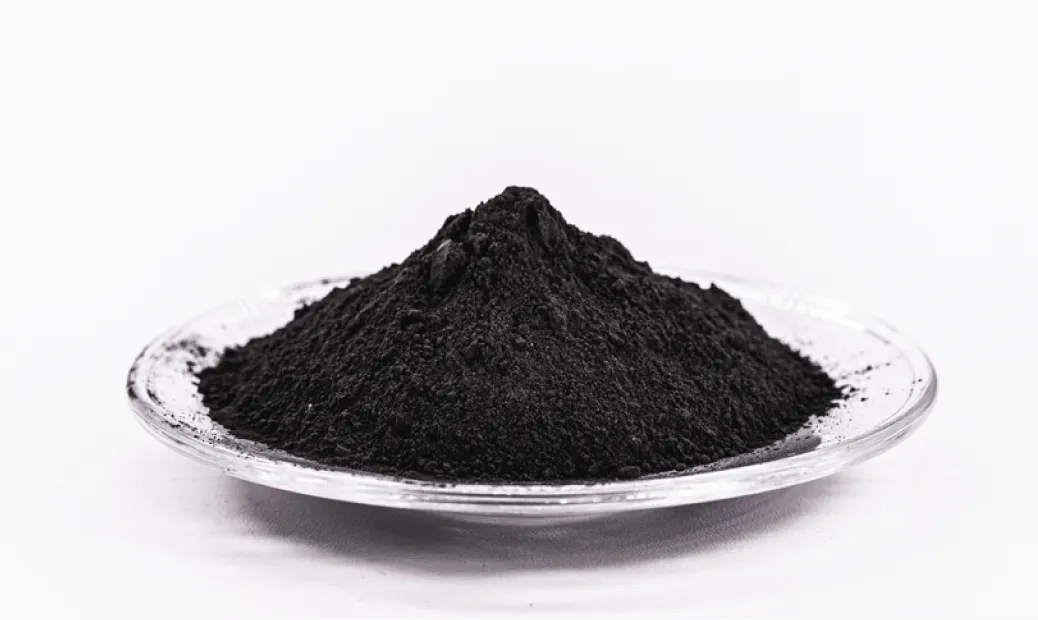
What is Humic Acid?
Humic acid is a group of molecules that help plant roots take in water and nutrients. High levels of humic acid can boost crop yields, while a lack of it can stop plants from getting the right nutrition.
Humic and Fulvic acids form from the decay of plant and animal matter, breaking down over millions of years.
These acids are found in prehistoric deposits and are part of humus, the natural substance that enriches the soil.
All the components of humus can also attract and bind heavy metals and toxins in the soil using a charge-based mechanism. This safely traps them instead of allowing them to wash away and deplete other soil nutrients.

What is Humin?
Humin is a key part of soil organic matter and makes up about 50% of it. It’s the part that doesn’t dissolve in water, unlike humic and fulvic acids.
Humin is tough to study because of its complex structure, but new techniques are helping.
Mostly made up of fats, waxes, and other plant materials, humin is really good at sticking around in the soil. It doesn’t break down as quickly as other organic materials, making it super valuable for long-term soil health and carbon storage.
Humin is essential for holding onto carbon in the soil, which is important for fighting climate change. It’s a major player in storing organic carbon, and research is showing that it has a big role in keeping our soils healthy and sustainable.
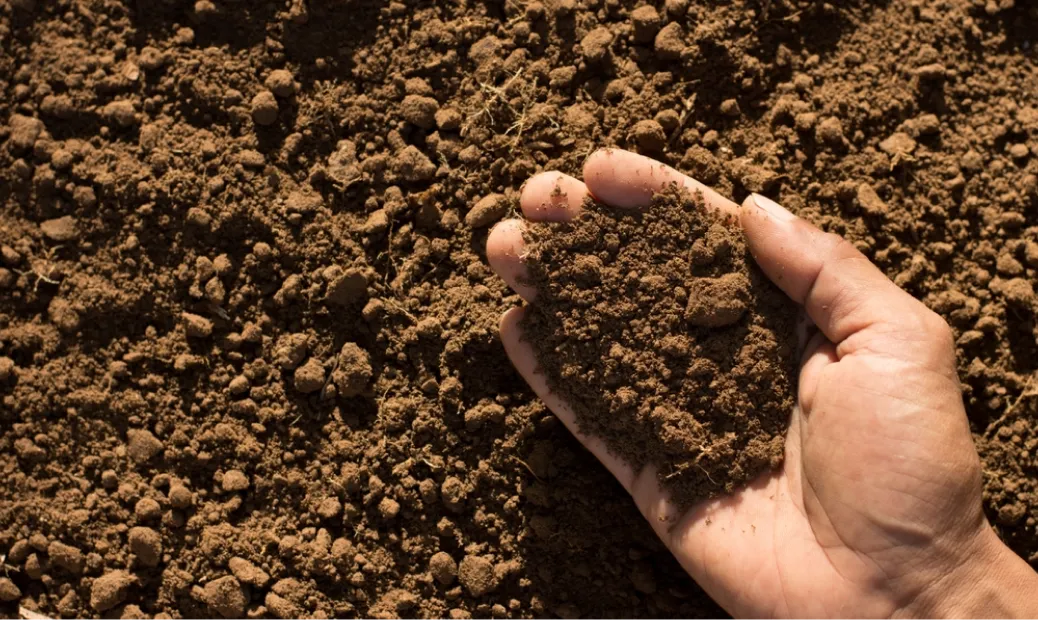
Where Does Fulvic Acid Come From?
Nature’s recycling system is powered by humification, where decomposing organic matter transforms into humus, a nutrient-rich substance. This process ensures essential minerals are continuously returned to the ecosystem, keeping soil fertile and life thriving.
Mineralization
Tiny soil bacteria drive mineralization, breaking down complex organic compounds into mineral ions. These microscopic ions are small enough for plant roots to absorb, allowing nutrients to move efficiently from soil to plants and, eventually, through the entire food chain.
Root hairs provide a perfect habitat for these bacteria, which, in turn, produce fulvic acid. This powerful organic compound binds to trace minerals, making them more bioavailable and easily transported into plant cells for optimal growth.
Fulvic acid is the most refined fraction of humus, containing the smallest ionic mineral particles. Naturally present in soil, water, and even rocks, it is commercially extracted from peat, freshwater lakes, and shilajit for its potent biological benefits.
Folic Acid Vs Fulvic Acid
Fulvic acid and folic acid may sound similar, but they are entirely different substances with distinct roles in health.
Fulvic acid is a natural compound found in soil, while folic acid is the synthetic form of vitamin B9, commonly known as folate.
Their benefits also differ significantly. Fulvic acid supports digestion, enhances nutrient absorption, detoxifies the body, and strengthens the immune system.
On the other hand, folic acid is crucial for DNA synthesis and cell growth, especially during pregnancy, as it helps prevent neural tube defects in newborns.
What Does Fulvic Acid Do For Your Body?
Fulvic acid is like nature’s ultimate delivery service, moving nutrients in and out of cells while taking out the biological trash. It transforms inorganic minerals into bioavailable forms, ensuring plants, animals, and even humans can actually use them. Think of it as the middleman that makes nutrients work better in the body.
This happens because fulvic acid has a special attraction to ionic particles, allowing it to form complex mineral bonds.
In fact, a single fulvic acid molecule can hold up to 60 different minerals at once! That means better absorption of essential nutrients, whether in the soil, plants, or even inside the human body.
In people, fulvic acid works at the cellular level, making cell membranes more permeable so nutrients can enter more easily. ‘
It also creates a gut-friendly environment for probiotics, helping digestion and boosting overall nutrient absorption. It is like a multitasking nutrient booster that keeps everything running smoothly.
Science still does not fully understand how fulvic acid works, and we may never figure out its pure form or how to synthesize it. What we do know is that life on Earth depends on it. From soil to cells, fulvic acid just seems to know what is needed to keep everything in balance.
Chemical Properties of Fulvic Acid
Fulvic acid is a mysterious, naturally occurring compound that scientists still struggle to pin down with a single chemical formula. Unlike simple compounds like water (H₂O) or salt (NaCl), fulvic acid is a complex mix of organic substances that constantly changes depending on where it’s found and what it interacts with.
Fulvic Acid Small in Size, Big on Impact with Ionic Power
Fulvic acid is incredibly small, much smaller than humic acid. Its tiny size helps it easily interact with minerals, nutrients, and cells.
What makes fulvic acid stand out is its ionic nature. It’s made up of tiny, charged particles that allow it to bind with nutrients and minerals, moving them where they are needed, whether in soil, plants, or human cells.
Unlike humic acid, which has both ionic and colloidal particles, fulvic acid is purely ionic, making it easy to absorb and move around.
How is Fulvic Acid Produced?
Surprisingly, even with all our chemistry breakthroughs, no lab has been able to make fulvic acid from scratch. It's just too complex! Nature is the real creator, forming fulvic acid through the breakdown of organic matter over time.
That’s why all commercial fulvic acid products are extracted from natural sources like soil, peat, freshwater deposits, and even shilajit, a mineral-packed ancient resin.
What Part Does Fulvic Acid Play in Cation Exchange Capacity?
Fulvic acid plays a big role in improving cation exchange capacity (CEC), which is essential for soil health and nutrient retention. While sandy soils with low organic matter have a low CEC, fulvic acid boosts this capacity significantly, holding onto essential nutrients and minerals.
With a CEC of 1400 mEq, fulvic acid is far more effective than humic acid (450 mEq) in this process. This ability to grab and store nutrients helps plants get the minerals they need and makes the soil more fertile. Simply put, fulvic acid acts like a nutrient magnet, enhancing the soil's ability to nourish plants.
Fulvic Acid and Humic Acid Absorption
Fulvic and humic acids are great at binding to particles in soil and water, making them stable and inert. It’s similar to chelation, but instead of just blocking certain parts of an ion, they cover the whole particle. These acids can do both, acting as nature's handy cleaners!
This ability also lets them exchange mineral ions, creating beneficial trace mineral complexes. These complexes are popular in both farming and natural supplements for their positive effects.
Is Fulvic Acid the same as Folic Acid ?
No, fulvic acid and folic acid are completely different compounds with different functions:
Folic acid is a B vitamin (vitamin B9) that's essential for human health. It plays a crucial role in DNA synthesis, red blood cell formation, and preventing birth defects. It's commonly found in leafy greens, fortified grains, and taken as a supplement, especially by pregnant women.
Fulvic acid is a natural organic compound found in soil, compost, and decomposed plant matter. It's created when organic materials break down over time. Some people take fulvic acid supplements claiming various health benefits, though the scientific evidence for these benefits is limited. It's marketed as helping with nutrient absorption and detoxification, but it's not an essential nutrient like folic acid.
pH Value and Water Solubility
Fulvic can stay dissolved in water, no matter what the pH level is. Whether the water is acidic or alkaline, fulvic acid will remain in solution. This is different from humic acid, which is typically removed when the water is acidified.
he fact that fulvic acid stays in the water under all pH conditions makes it very versatile and easy for plants, soil, and even our bodies to absorb.
Fulvic Acid as a Carrier for Bioactive Molecules
Humic and fulvic acids are special because they are both ionic and water-soluble, but what makes them even more interesting is their ability to carry other substances. These acids have tiny holes or micro pores in their structure, which can trap things like fats.
Once stored in these pores, these substances can pass through cell membranes and dissolve in water along with the ionic minerals. So, even substances that normally wouldn’t dissolve in water can travel with fulvic and humic acids.
Fulvic Acid in Shilajit
Fulvic acid is an important component of shilajit, a natural substance found in the mountains, mainly between India and Nepal. Shilajit is a dark, thick powder packed with minerals and other compounds.
How Much Fulvic Acid is Naturally in Shilajit?
Authentic Shilajit has about 5% to 60% fulvic acid, depending on where it’s from and how it’s processed. If it's been overexposed to heat or air, the fulvic acid content might be lower, so look for well-processed shilajit.
Are Shilajit Supplements Effective?
When you take shilajit as a supplement, it comes in liquid or capsule form, making it easy to add to your daily routine. Researchers have also found that fulvic acid in shilajit can form an emulsion, which is a mixture where oil and water combine. This ability could help plants absorb nutrients better.
You can feed your body all the right foods, but without proper absorption, it won’t truly thrive. That’s where Shilajit comes in.
Packed with an array of essential nutrients and minerals, it also contains fulvic acid, which enhances nutrient absorption, so that your body gets the most out of everything you consume.
Fulvic Acid Food Sources
We don't usually think about how lacking fulvic acid can sneakily affect us over time, mostly because it doesn’t get much attention. Now’s the time to learn about the foods that are rich in fulvic acid that keeps us alive and healthy.
Fulvic Acid-Rich Foods
Fulvic acid is found in many foods, especially those grown underground, like potatoes and radishes.
Leafy Greens
Spinach, kale, arugula, and Swiss chard are full of fulvic acid, along with antioxidants and essential vitamins and minerals.
Broccoli
This veggie is not just rich in fulvic acid but also has important vitamins like A and C.
Sea Vegetables
Kelp, dulse, and wakame are sea veggies that are loaded with fulvic acid and other minerals.
Sprouts
Alfalfa and clover sprouts are packed with fulvic acid, making them an excellent addition to your diet.
For the best sources, choose organically grown vegetables, as they absorb nutrients from mineral-rich soil.
Another tasty option is blackstrap molasses, a sweetener that's also rich in fulvic acid. If you're not a fan of vegetables, this can be a good way to add more fulvic acid to your diet.
Nuts and Seeds
Walnuts, almonds, flaxseeds, and sesame seeds are all great sources of fulvic acid. Plus, they're packed with fiber and protein.
Fulvic Acid Supplements
If you're looking for a more concentrated form, fulvic acid supplements are easy to find, either online or at your local natural foods store.
The concentration of fulvic acid in any given product is often uncertain, as different laboratories may report varying levels, even when using the same testing methods. Just make sure the supplement is certified by trusted organizations like the FDA.
How to Take Fulvic Acid?
Dilute in a beverage: Fulvic acid supplements are often available in liquid or powder form, making it easy to mix into your favorite drink.
Soak food: You can soak your food in fulvic acid to help clean it while also enhancing its nutritional value.
Add to meals: Add small amounts of raw fulvic acid directly to your food, but make sure to follow the recommended dosage and safety guidelines.
What Not to Mix with Fulvic Acid?
Avoid mixing with alcohol - Fulvic acid enhances absorption, and mixing it with alcohol might make the effects stronger than expected.
Don’t combine with pharmaceutical drugs like alcohol, fulvic acid can boost absorption, which could lead to unwanted side effects.
Say no to tap water – tap water contains chlorine and fluorine, which react with fulvic acid and can create toxic by-products.
Stick to distilled or reverse osmosis water – these are the best options to ensure you get all the benefits without any harmful reactions.
How Long Does it Take for Fulvic Acid to Work?
So, how long does it take for fulvic acid to work? Well, it kind of depends on your body and what you're hoping to improve! For some people, they start feeling a boost in energy and overall well-being in just a few days or weeks.
Others might need a few months to really notice the full magic happening. Just a heads up, when you first start taking it, your body might go through a little detox. So you could feel some temporary things like loose bowels or achy joints while the toxins are making their exit. But hang in there, the benefits are totally worth it!
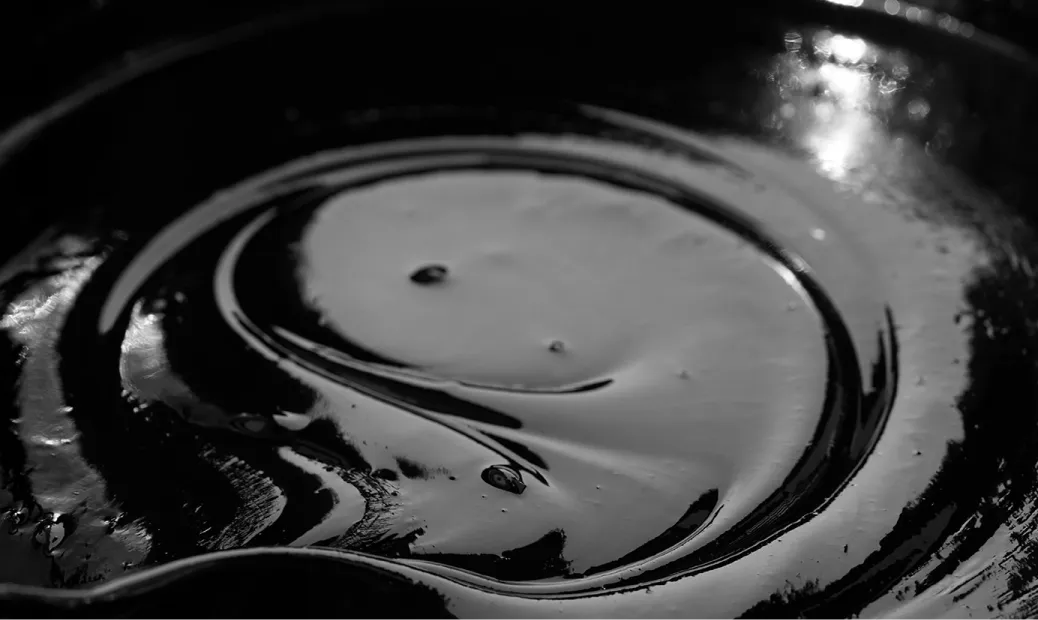
How Much Fulvic Acid Do We Need?
There’s no fixed daily amount for fulvic acid because we naturally get enough from organic, plant-based foods, and we only need tiny amounts to maintain balance. How much you should take depends on your individual health.
A study with 30 men found that 0.5 ounces (15 mL) a day is safe without major side effects. Higher doses may cause mild side effects like diarrhea, headaches, or sore throat.
A 3-month study on people with HIV showed that 6,000 mg of shilajit daily was safe with no significant side effects, and even 500 mg of shilajit per day for up to 3 months is safe for healthy adults.
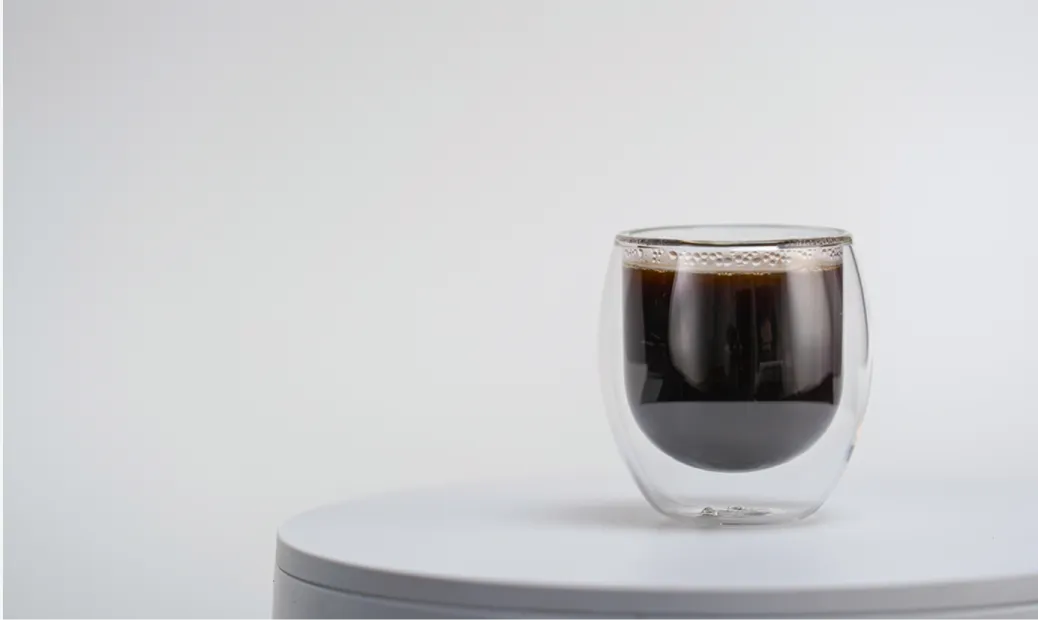
Does Fulvic Acid Need to Be Refrigerated?
Fulvic acid doesn't have to be refrigerated, but it does like to stay in a cool, dark place. Keep it below 104°F (40°C) in an airtight container, away from heat and sunlight. If you're in a warmer area where the room temperature tends to go above that, it's a good idea to pop it in the fridge to keep it fresh and effective.
Other Ways Use Fulvic Acid
Fulvic acid and folic acid may sound similar, but they are entirely different substances with distinct roles in health. Fulvic acid is a natural compound found in soil, while folic acid is the synthetic form of vitamin B9, commonly known as folate. Their benefits also differ significantly. Fulvic acid supports digestion, enhances nutrient absorption, detoxifies the body, and strengthens the immune system. On the other hand, folic acid is crucial for DNA synthesis and cell growth, especially during pregnancy, as it helps prevent neural tube defects in newborns.
How to Use It for Food Purification
- Mix a small amount of fulvic acid in water and soak your fruits and veggies.
- Be mindful: it may also pull out some good minerals, like zinc, so supplement with a mineral-rich fulvic acid product like shilajit to keep your nutrients balanced.
How to Use It in Gardening
- Add small amounts of fulvic acid to moist, well-nourished soil to promote soil bacteria growth.
- Use it sparingly to avoid root deformation or bacterial overgrowth.
- If you’re composting, keep the compost heap moist (but not soggy) and chop up organic materials to let the bacteria do their job. In 6-8 months, you’ll have a rich source of fulvic acid ready for your plants.
For Plants
Did you know: Fulvic acid is so powerful, that it can boost nutrient absorption in plants, making it an awesome gardening helper too!
Fulvic acid is a fantastic friend to your plants! When you add a tiny bit of fulvic acid to your garden, it helps create the right environment for bacteria at the plant roots to flourish.
These bacteria break down minerals into forms that plants can absorb, making the soil healthier and plants more vibrant. Just be careful not to overdo it, though!
Too much fulvic acid can hurt plants by causing root deformation, soil sterilization, or bacterial overgrowth. Use it sparingly in well-nourished soil for the best results.
Food Purifier
Fulvic acid’s ionic nature makes it a great chelator, which means it can help remove harmful chemicals from your food. If you’re concerned about pesticides or non-organic produce, wash your veggies with a bit of fulvic acid solution to help remove toxins.
Does Fulvic Acid Have an Expiry Date?
Fulvic acid remains stable for a long time when stored properly. Unlike many supplements, it does not have a fixed expiry date. However, its potency can degrade if exposed to heat, light, or oxygen. Keeping it in a cool, dark place helps maintain its effectiveness. One thing to watch out for is exposure to halogens, such as chlorine found in tap water. These elements can break down fulvic acid and reduce its beneficial properties.
To avoid this, it is best to mix fulvic acid with purified or non-chlorinated water. Some plastics may react with fulvic acid, leading to contamination or reduced quality. Using glass containers for storage is a better option.
Side Effects & Safety
Fulvic acid is generally safe, but like anything, too much of it can cause problems. Some people may experience digestive issues, such as nausea or stomach discomfort, especially if taken in high doses. It is always best to start with small amounts and observe how the body reacts.
What are the Side Effects of Fulvic Acid?
Since fulvic acid helps transport minerals and other substances into cells, it may enhance the effects of certain medications or supplements. Hence, it can potentially cause imbalances if combined with high doses of specific minerals or drugs. Consulting a healthcare professional before using it alongside medications is a good idea.
Another possible concern is the heavy metal content in low-quality fulvic acid products. Because fulvic acid binds to minerals, poor sourcing or improper extraction methods could introduce unwanted contaminants.